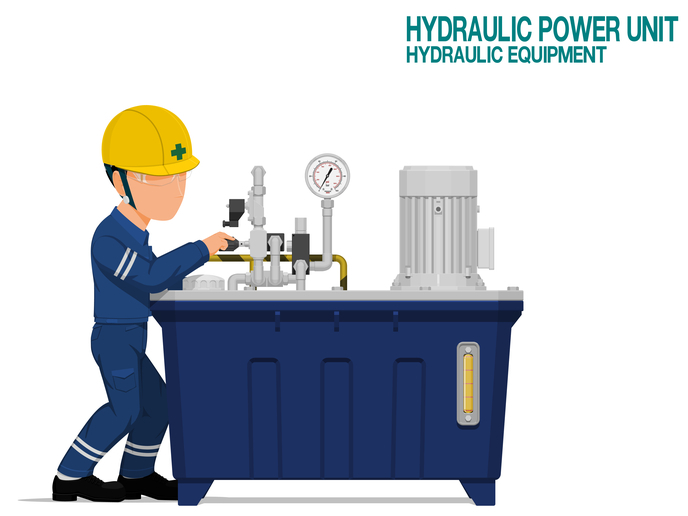Integrated electronics to boost efficiency of hydraulic power units
The global hydraulics equipment market represents a fairly fragmented competition landscape. In an attempt to offer differentiated products, certain companies engage solely in the development of hydraulic power units, whereas others offer control electronics solutions for power regulation. These competing camps often offer highly incompatible technologies, causing hydraulic machines to malfunction. With EU funding of the MIDRAULICS project, Hydronit developed a new generation of devices that integrate traditional hydraulics with control electronics to address customer demands for higher-performing hydraulic machines. Hydronit offers complementary know-how and expertise on hydraulics and electronics that are unprecedented in the hydraulic manufacturing sector. “The energy sector that features fixed power units for driving energy plants may have witnessed similar integrated solutions, but these are a pretty new and forward-looking concept in the realm of mobile and light industry hydraulics,” notes Andrea Gambusera, founder of Hydronit.
A flexible solution for mobile hydraulic applications
Hydraulic power packs typically include a motor, a pump and control valves. Adding electronics, sensors and computing to the mix forms a mechatronic system. The first example of a pervasive mobile mechatronic system is the anti-lock braking system (ABS) that is now standard in every car. “Just like ABS uses electronics to prevent wheel lock up and optimise brake hydraulics, we integrate electronics to regulate the power of hydraulic systems found in other vehicles,” Gambusera points out. “Compared to state-of-the-art solutions that provide fixed power and dissipate the excess amount as heat, our hydraulic power pack supplies the exact power needed for each application. Variable-speed pumps generate flow as needed, while proportional control valves and load sensing circuits precisely adjust pressure, significantly reducing power consumption,” explains Gambusera. Hydronit’s smart power unit is programmable through a well-known integrated development environment – CODESYS. It also does not have a rigid scheme but can be equipped with a wide range of modular hydraulic components.
Hydraulics in Industry 4.0
Hydronit has already produced all necessary sensors, electronics, software and firmware for its smart power units. It is now taking the next steps towards digitalising its devices and integrating them seamlessly into a networked environment. Network interfaces that support all standard protocols in electronics are helping shift operation to software. Ethernet connections, CAN bus and mobile data also open up the possibility of remote diagnostics. Operators or technicians could query device data regardless of their location and monitor or change functional parameters online. For example, renters of large lifting platforms or forklifts could remotely check everything on the onboard hydraulic power pack, from oil quality to temperature, pressure, actual use, completed cycles or any malfunction. An integrated GPS tracking unit could determine its location. Hydronit is also collecting anonymous data on the use of its hydraulic power packs around the world. Artificial intelligence algorithms that learn from a wealth of data could enable operators to detect measured values from sensors that exceed defined tolerances and identify devices that are prone to failure – crucial steps on the path to preventive maintenance. Offering unmatched expertise in hydraulic power units and intelligent control electronics, Hydronit is both innovative and progressive. It has already notched up success with its first customers and looks ahead for wider market acceptance of its technology.
Keywords
MIDRAULICS, hydraulic power units, sensors, control electronics, Industry 4.0, mechatronic system, remote diagnostics, preventive maintenance







